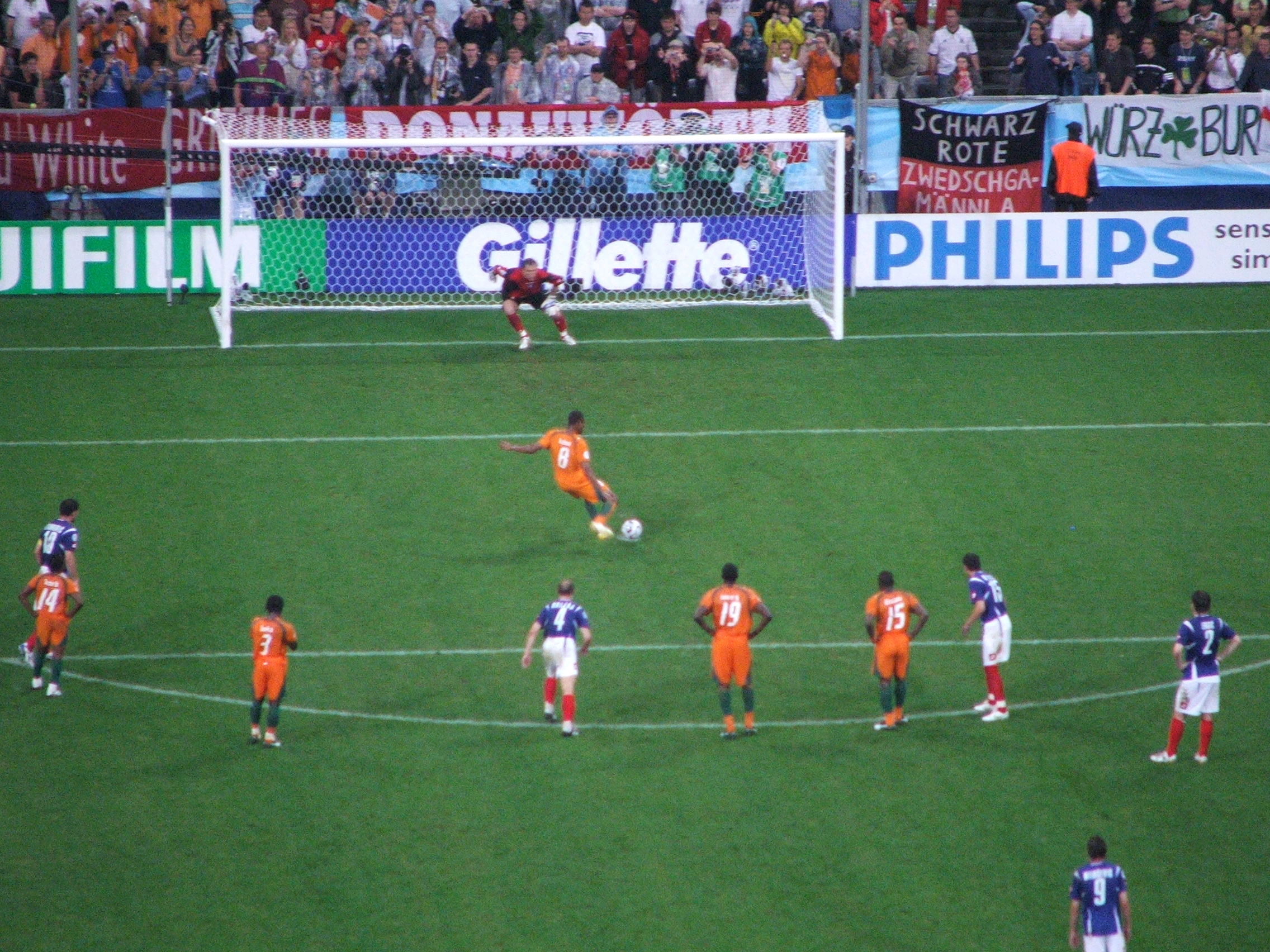One thing that one must know about probabilities and statistics is that the subjects are almost the culmination of basic undergraduate mathematical education. So in order to properly understand them, you need at least Multivariable Calculus and Linear Algebra. Fortunately, despite this one can simplify most of the basic tools to get the meat of the practical knowledge.

I'll introduce in quotes the part that is slightly more rigorous but you can follow almost without it so don't worry if it gets to complex.
Bidding in First-Price Auctions:
When we look at Second-price auctions, there's an argument about how since people can't affect the price during bidding they use their dominant strategy and bid in order to win the item and might end up getting a surplus.
In the case of first-price auctions, you can affect the price with your bid. Since you are paying what you bid. In this, we are in a Bayesian equilibrium which means we are not gonna have a dominant strategy so things get more complicated.
What's this Bayesian-Nash equilibrium? the solution concept we use in simultanious (as oposed to taking turns) move games with incomplete information.
In games with complete information we have players, we have actions and payoffs that are a function of the actions the players take in the game.
In that case of games of incomplete information, not only we have players, we have different types of players. You see this with asymmetric gameplay. Like in sports, with players being left or right handed wich changes accuracy. In order for one player to face this difference in accuracy from their opponents, they need to have a set of beliefs derived from heuristics. Since both players have this belief, it turns into a battle of "I know that you know that I know that you know"... until an equilibrium is found (common prior's assumption).
| Complete Information | Incomplete information |
| Players | Players- Types- Common prior beliefs |
| Actions | Actions |
| Payoffs | Payoffs |
First-Price (sealed bid) auctions and Dutch auctions strategically equivalent. Since the only information the winning bidder has is that all others have not a bid higher. Think of Dutch auctions like what some people in this space call catching falling knives.
Why have both types if they are equivalent?
Well, in the case of the cryptocurrencies market, the answer is simple. Due to bull and bear runs.
 In a more general sense First-Price auctions can be held asynchronously. First slowly almost flat and then taking off. Think of people writing posts on steemit or buying Steem. They do it at different times yet continuously. At this time it seems almost dead but it advances. When the Fear Of Missing Out kicks in, we see a more synchronous bidding and writing. |
 Dutch Auctions are fast, and require minimal communication. Only one bid needs to get to the auctioneer. This is seen in the case of a crash. The more it falls ("people rush to the door"), the easier it is for a single bidder to catch the whole set of assets from the market. |
So, How should people bid in this auctions?
People need to bid less than valuation. Because deciding what to bid is gonna be the tricky part. The more you wait or the lower your bid, the lower the price paid but also the lower the probability of winning. Since you don't have a dominant strategy your actions must depend on what other people are doing.
Example:
Two Bidders. Both risk neutral. Both get an independent draw form an uniform distribution in the form . In this case lets have them have their values drop by half. So if the price I'm willing to pay is 3/4, I'll say 3/8. If my value is 1/2 I'll say 1/4. So this would be
So given the simmetry we can just check one of the bidders. Let's call the price our bidder is gonna offer "strategy 1" or . So I'll win if my
is bigger than the bid of the second bidder. In this case
. My payoff or surplus is the difference between my strategy and my bid.
What I just told you can be rewriten like this. Where E[u1] is my expetcted utility. You integrate that and get:
In the case of a response, the best strategy to the second bidder's strategy is taking the derivative of S1 and setting it equal to zero.
So when a player is bidding half their value, the other player's best reply is to bid half of its valuation. This is by no means a dominant strategy. But merely solving for the equilibrium. The general form of this equilibrium for more players would look like this.
This means that as more bidders get in it becomes ever increasingly difficult to win and the risk of losing while trying to protect your surplus also increases.
This was only the case for uniform distributions, for more arbitrary distributions the integration becomes more complex.
A take on this can be seen in the Keynes beauty contest. Where people don't vote for who they think will win but for who they think others will choose they think will win. A perfect example comes in the form of which cryptocurrency will pump next.
The whole point of this is that normally you can't beat the market. At best you can beat some of your opponents and do "arbitrage".
Arbitrage is the most important concept. I will explain it next week. See you around.
See you next Friday or before that in the comments section. Ciao.
REFERENCES:
1 Cornell's Auction Theory, web page
2 http://www.game-theory-class.org



